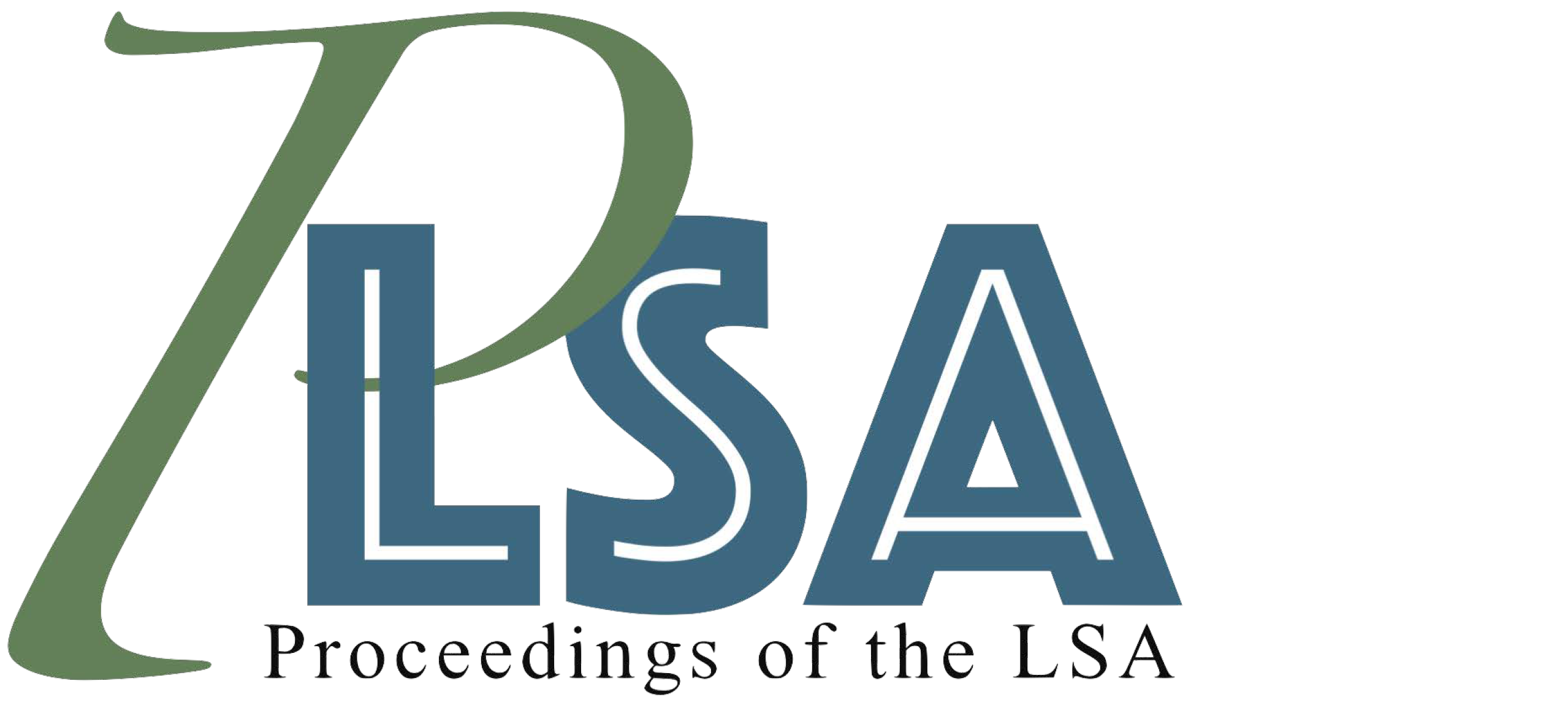How we got here: Short-scale change in identity labels for trans, cis, and non-binary people in the 2000s
DOI:
https://doi.org/10.3765/plsa.v5i1.4728Keywords:
corpus sociolinguistics, language, gender & sexuality, transgender language, lexical change, social mediaAbstract
Though understudied in research on language variation and change, the lexicon is a crucial domain for sociopolitical transformations of language. This paper presents a corpus-based sociolinguistic analysis of changes in terms for transgender, cisgender, and non-binary individuals in four online communities on the social media blogging site, LiveJournal.com – one for trans women, one for trans men, one for non-binary people, and another for transgender people in general – that were popular in the 2000s. Using innovative corpus methods that utilize general purpose cloud computing tools, we focus on changes in the popularity of labels for trans, cis, and non-binary people, the factors that impact the variable use of these terms, and what kinds of differences can be observed across the four LiveJournal communities of practice studied. It thereby contributes both to the study of language and identity in trans and queer communities and to the development of methods for studying large datasets of technologically-mediated communication.Downloads
Published
2020-03-23
Issue
Section
Articles
License
Published by the LSA with permission of the author(s) under a CC BY 4.0 license.
How to Cite
Zimman, Lal, and Will Hayworth. 2020. “How We Got Here: Short-Scale Change in Identity Labels for Trans, Cis, and Non-Binary People in the 2000s”. Proceedings of the Linguistic Society of America 5 (1): 499–513. https://doi.org/10.3765/plsa.v5i1.4728.
